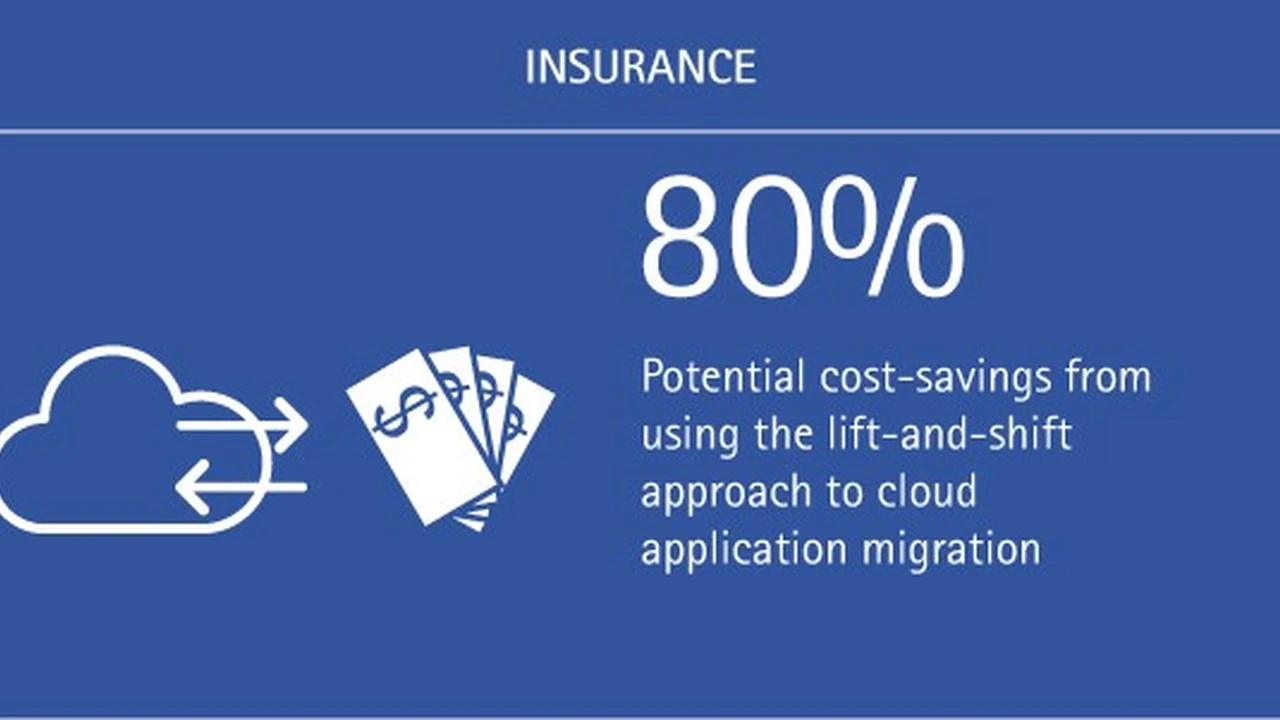Exploring Group Insurance Options: Potential Savings

Understanding Group Insurance and Teen Driver Coverage
Okay, so your teen's got their license. Congrats! But now comes the less fun part: insurance. And let's be real, teen driver insurance can be ridiculously expensive. One potential way to soften the blow to your wallet is by looking into group insurance options. But what *exactly* are we talking about here? Basically, group insurance leverages the power of numbers. Instead of your teen being insured individually, they're part of a larger group, which can lead to significant discounts. Think of it like buying in bulk – the more you buy, the cheaper each individual item becomes.
Now, "group insurance" can mean a few different things in the context of teen drivers. It might refer to:
- Family Car Insurance Policies: This is the most common type. Adding your teen to your existing family policy is often the most straightforward (and sometimes the only) option. While it might not seem like a "group" in the traditional sense, the fact that you have multiple drivers and vehicles on the policy already gives you some leverage.
- Employer-Sponsored Group Auto Insurance: Some companies offer auto insurance as an employee benefit. These group rates can be significantly lower than individual rates. Check with your employer's HR department to see if this is an option.
- Affinity Group Insurance: Many organizations, like alumni associations, professional organizations, or even large retail chains, offer group insurance rates to their members. Your teen might be eligible through your membership in such a group, or even through their own student organizations.
Benefits of Group Insurance for Teen Drivers Lowering Premiums
The biggest perk? Saving money, plain and simple. Group insurance rates are often lower because the risk is spread across a larger pool of drivers. Insurers assume that a larger, more diverse group of drivers is statistically less likely to have accidents than a smaller group of high-risk individuals (like, say, a single teenage driver). Here's a breakdown of why it works:
- Reduced Risk Assessment: Insurers assess risk based on historical data. A large group provides a more stable and predictable risk profile.
- Negotiating Power: Groups have more leverage to negotiate better rates with insurance companies.
- Administrative Efficiency: Insurers can streamline administration with group policies, reducing their overhead costs and passing those savings on to members.
Beyond the price tag, group policies can also offer better coverage options and benefits compared to individual policies. This could include things like:
- Lower Deductibles: The amount you pay out-of-pocket before your insurance kicks in.
- Enhanced Coverage Limits: The maximum amount your insurance will pay in case of an accident.
- Additional Perks: Roadside assistance, rental car reimbursement, etc.
Comparing Group Insurance Options vs Individual Policies for Teen Drivers
So, how do group options stack up against individual policies? Let's break down the pros and cons:
Group Insurance (Pros):
- Lower Premiums: Generally, the biggest advantage.
- Potential for Better Coverage: Often includes enhanced benefits and lower deductibles.
- Convenience: Easier to manage if it's tied to your employer or another organization.
Group Insurance (Cons):
- Limited Choice: You're typically stuck with the insurance company chosen by the group.
- Dependence on the Group: If you leave the group (e.g., change jobs), you lose the coverage.
- Potential for Rate Increases: If the group as a whole has a bad claims year, your rates could go up even if *your* teen is a perfect driver.
Individual Policies (Pros):
- More Choice: You can shop around and compare quotes from multiple insurers.
- Customization: You can tailor the policy to your specific needs and budget.
- Portability: The policy stays with your teen, regardless of employment or organizational affiliations.
Individual Policies (Cons):
- Higher Premiums: Almost always more expensive than group rates for teen drivers.
- More Hassle: Requires more research and comparison shopping.
- Limited Benefits: May not offer the same level of coverage as some group policies.
Specific Group Insurance Products and Scenarios for Teen Drivers
Let's get down to brass tacks. Here are some specific examples of group insurance products and how they might apply to your teen driver:
- State Farm's Drive Safe & Save™ Program (Usage-Based Insurance): While not strictly "group" insurance, this program, often offered through family policies, monitors your teen's driving habits (speed, braking, mileage) and rewards safe driving with discounts. The scenario: Your teen agrees to install a device in their car (or use a mobile app) that tracks their driving. If they consistently drive safely, you could see significant savings on your premiums. The catch? Poor driving habits can *increase* your rates. Pricing varies widely based on driving behavior and location.
- Liberty Mutual's Group Savings Plus® Program (Employer-Sponsored): Liberty Mutual partners with many companies to offer discounted auto and home insurance to their employees. The scenario: You work for a company that participates in this program. By enrolling in the program, your teen (as a dependent) can be added to your policy at a significantly reduced rate. The savings can be substantial, sometimes 10-20% or more. Pricing is dependent on your employer's agreement with Liberty Mutual.
- GEICO's Alumni Association Discounts (Affinity Group): GEICO partners with various alumni associations and professional organizations to offer discounts to their members. The scenario: You're an alumnus of a university that partners with GEICO. By identifying yourself as an alumnus when getting a quote, you can unlock discounted rates for your entire family, including your teen driver. Savings can range from a few percentage points to a more significant amount, depending on the specific agreement.
- Costco Auto Insurance Program (Through CONNECT, powered by American Family Insurance): Costco members can access discounted auto insurance rates through this program. The scenario: You're a Costco member. By getting a quote through CONNECT, you may find lower rates compared to other insurance providers, especially when adding a teen driver to your policy. The savings are often more pronounced for members with multiple vehicles and drivers. Pricing is dependent on your Costco membership level (Gold Star, Executive).
Comparing Specific Products: A Detailed Analysis of Features and Costs
Let's dive deeper and compare two of the above products:
Product 1: State Farm's Drive Safe & Save™ Program
- Features: Monitors driving behavior, provides real-time feedback, offers personalized tips for improvement, potential for significant discounts based on safe driving.
- Usage Scenario: Ideal for responsible teens who are willing to be monitored and actively work on improving their driving habits.
- Pricing: Varies widely. Initial discounts are often offered just for enrolling. Significant savings depend on consistent safe driving. Poor driving can lead to rate increases. Expect to see a range of potential savings from 5% to 30% (or even more in some cases). You'll need to get a personalized quote to determine the actual cost.
- Pros: Encourages safer driving habits, potential for substantial savings, relatively easy to enroll.
- Cons: Requires constant monitoring, can lead to rate increases if driving habits are poor, privacy concerns for some.
Product 2: Liberty Mutual's Group Savings Plus® Program
- Features: Discounted rates based on employer affiliation, often includes enhanced coverage options.
- Usage Scenario: Best for individuals whose employers offer this benefit. Provides a straightforward way to save on premiums without requiring active monitoring of driving habits.
- Pricing: Dependent on the employer's agreement with Liberty Mutual. Savings can range from 10% to 20% or more compared to individual policies. You'll need to contact Liberty Mutual through your employer to get a personalized quote.
- Pros: Easy to enroll, guaranteed savings (assuming your employer offers the benefit), often includes better coverage options.
- Cons: Limited to employees of participating companies, rates can still be higher than other options, dependence on employer relationship.
A Head-to-Head Comparison Table:
| Feature | State Farm Drive Safe & Save™ | Liberty Mutual Group Savings Plus® |
|---|---|---|
| Discount Basis | Driving Behavior | Employer Affiliation |
| Monitoring | Required | Not Required |
| Savings Potential | 5% - 30%+ (Variable) | 10% - 20%+ (More Consistent) |
| Eligibility | All State Farm Customers | Employees of Participating Companies |
| Ease of Enrollment | Easy | Easy (Through Employer) |
| Coverage | Standard State Farm Coverage | Standard Liberty Mutual Coverage (Often Enhanced) |
Navigating the Fine Print Important Considerations for Teen Driver Insurance
Before you jump on the group insurance bandwagon, there are a few crucial things to keep in mind:
- Check Coverage Levels: Make sure the policy provides adequate coverage for your needs. Don't just focus on the price. Consider liability limits, collision coverage, and comprehensive coverage.
- Understand the Deductible: A lower deductible means you'll pay less out-of-pocket in case of an accident, but it also means higher premiums. Find a balance that works for your budget.
- Read the Fine Print: Pay attention to exclusions, limitations, and any special conditions in the policy.
- Shop Around: Even if you're considering a group policy, get quotes from other insurers to compare rates and coverage options.
- Consider Defensive Driving Courses: Many insurers offer discounts to teens who complete approved defensive driving courses. This can be a win-win – it can lower your premiums and make your teen a safer driver.
- Talk to an Insurance Agent: A qualified insurance agent can help you navigate the complexities of teen driver insurance and find the best policy for your needs. They can also explain the pros and cons of different group options and help you compare quotes.
Real-World Scenarios: How Group Insurance Saved Families Money on Teen Driver Coverage
Let's look at some hypothetical examples:
- The Smith Family: Mr. Smith works for a large corporation that offers Liberty Mutual's Group Savings Plus® Program. By adding his 17-year-old daughter, Emily, to his policy through the program, he saved 15% on their overall auto insurance premiums, translating to several hundred dollars per year. Emily also benefited from the program's enhanced roadside assistance coverage.
- The Jones Family: Mrs. Jones is a member of her university's alumni association, which partners with GEICO. When she added her 16-year-old son, David, to her GEICO policy, she received a 5% alumni discount, which helped offset some of the cost of insuring a teen driver.
- The Garcia Family: The Garcias enrolled their 18-year-old son, Carlos, in State Farm's Drive Safe & Save™ program. Carlos was a responsible driver and consistently received high scores for his driving habits. As a result, the Garcias saw a 20% reduction in their auto insurance premiums after the first year.
Final Thoughts: Making Informed Decisions About Teen Driver Insurance
Navigating the world of teen driver insurance can feel overwhelming, but with a little research and planning, you can find a policy that fits your needs and budget. Group insurance options offer a potential avenue for savings, but it's essential to weigh the pros and cons carefully and compare quotes from multiple insurers. Remember to prioritize coverage and consider the long-term implications of your decisions. By taking a proactive approach, you can ensure that your teen driver is adequately protected and that your wallet doesn't take too much of a hit.
:max_bytes(150000):strip_icc()/277019-baked-pork-chops-with-cream-of-mushroom-soup-DDMFS-beauty-4x3-BG-7505-5762b731cf30447d9cbbbbbf387beafa.jpg)






